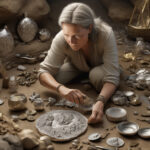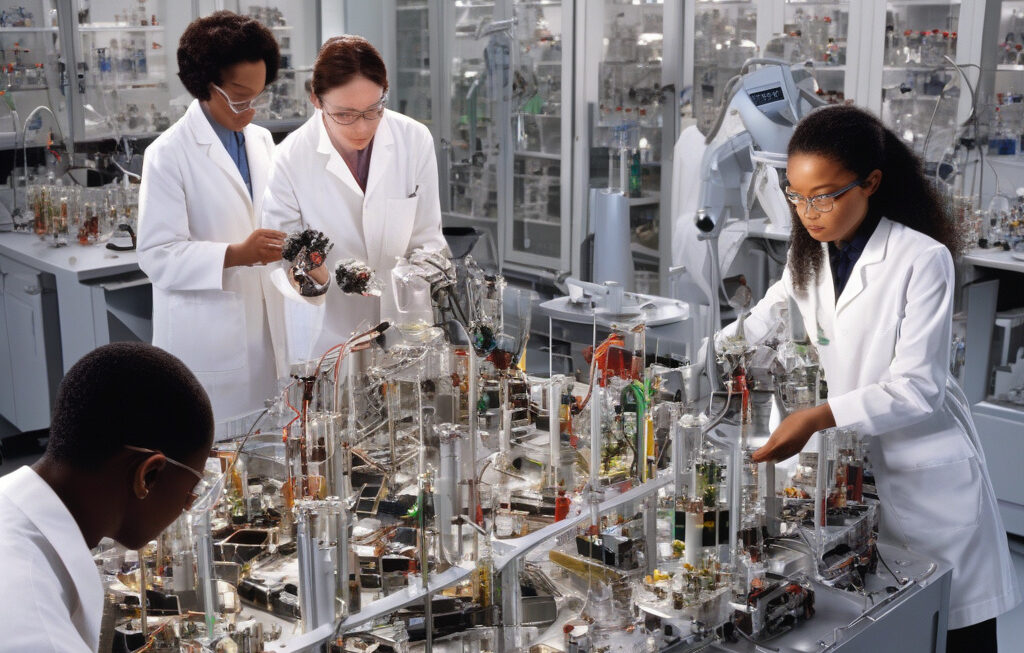Cells ‘Vomit’ Waste to Heal and Become Young Again, New Study Suggests
Researchers have identified a new cellular process that helps injured cells heal by becoming stem-like. This groundbreaking study sheds light on the remarkable ability of cells to rejuvenate themselves through a mechanism akin to “cellular vomit”.
The study, conducted by a team of scientists at the forefront of regenerative medicine research, discovered that when cells are under stress or injured, they expel damaged material in a process called “proteostatic vomit”. This expulsion of waste allows the cells to reset and transform into a more youthful state, similar to stem cells.
This finding challenges conventional wisdom about cell regeneration and opens up new possibilities for treating age-related diseases and injuries. By understanding how cells can effectively cleanse themselves of harmful debris, researchers may one day harness this process to promote tissue repair and combat the effects of aging.
One of the key implications of this study is its potential impact on regenerative medicine. By manipulating the cellular “vomit” process, scientists could potentially enhance the body’s natural ability to heal itself. This could lead to revolutionary new treatments for conditions such as Alzheimer’s disease, heart disease, and diabetes, where damaged cells play a significant role in disease progression.
Moreover, this research offers insights into the mechanisms of aging. As we grow older, our cells accumulate damage and lose their ability to function properly. By uncovering how cells can eliminate this damage and revert to a more youthful state, scientists may one day be able to slow down or even reverse the aging process.
In addition to its implications for health and longevity, this study also highlights the incredible complexity and resilience of the human body. The fact that cells have evolved such a sophisticated mechanism for self-renewal underscores the remarkable adaptability of living organisms.
As research in this area continues to unfold, it is clear that we are only scratching the surface of the potential of cellular rejuvenation. By further investigating the mechanisms underlying the “vomit” process and its implications for health and disease, scientists may unlock new ways to promote tissue regeneration, extend lifespan, and improve overall well-being.
In conclusion, the discovery of cellular “vomit” as a means of rejuvenating damaged cells offers a glimpse into the incredible potential of regenerative medicine. By harnessing the body’s own mechanisms for self-renewal, researchers may pave the way for a future where aging and disease are no longer inevitable. This study serves as a reminder of the endless possibilities that lie within the complex and dynamic world of cellular biology.
cellular rejuvenation, regenerative medicine, age-related diseases, cellular vomit, tissue repair












